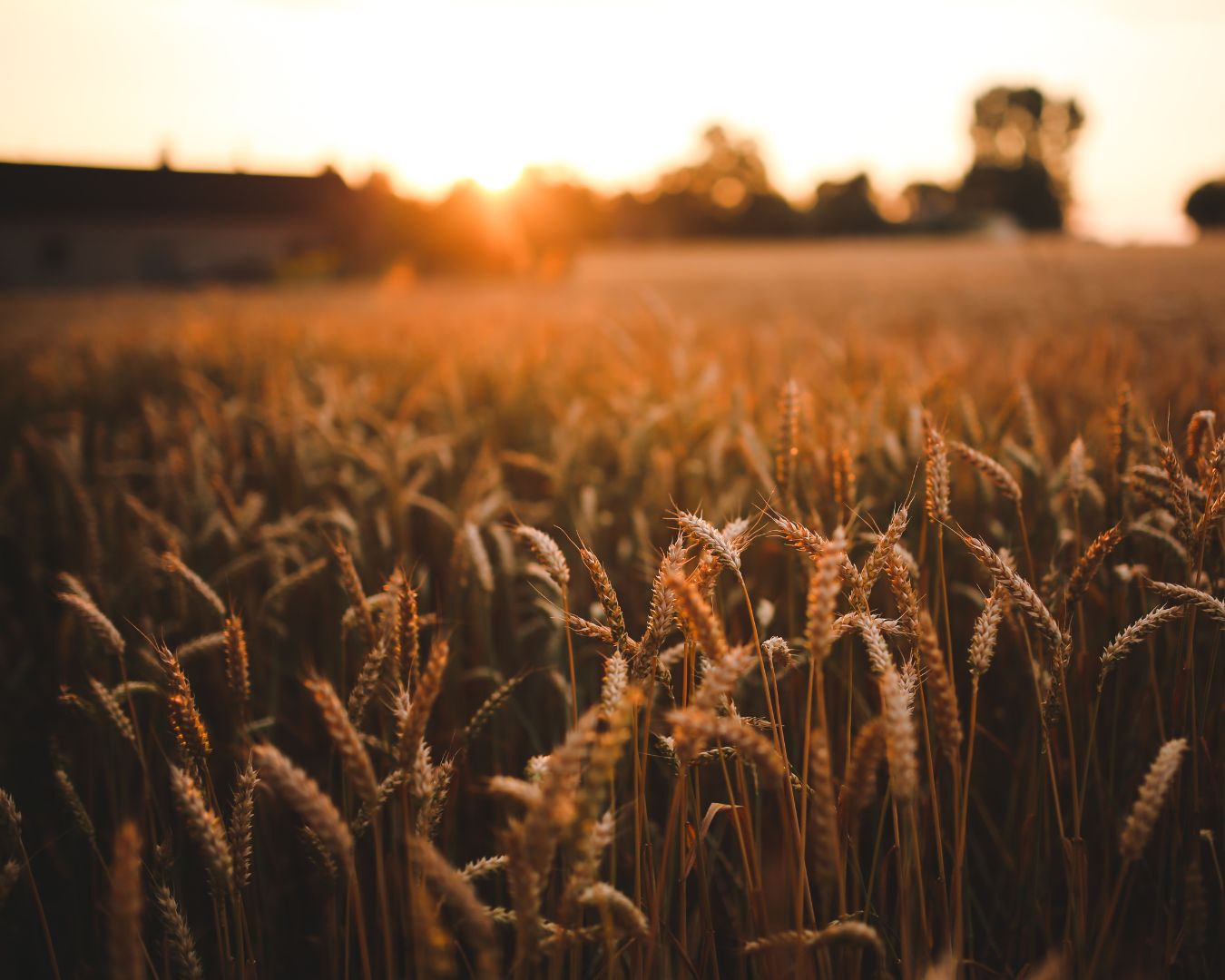Whole Grains vs. Refined Grains: Understanding the Key Differences
When it comes to choosing grains for your diet, understanding the difference between whole grains and refined grains is crucial. Each type of grain offers distinct nutritional benefits and can impact your health in different ways. In this blog post, we’ll explore the key differences between whole grains and refined grains, and why incorporating more whole grains into your diet can be beneficial. What Are Whole Grains? Whole grains are grains that contain all three essential parts of the grain kernel: the bran, germ, and endosperm. These components work together to provide a range of nutrients: Examples of Whole Grains: What Are Refined Grains? Refined grains are processed to remove the bran and germ, leaving only the endosperm. This processing gives refined grains a finer texture and longer shelf life but strips away many of the nutrients found in the bran and germ. The result is a product that is lower in fiber, vitamins, and minerals. Examples of Refined Grains: Key Differences Between Whole Grains and Refined Grains Tips for Incorporating Whole Grains into Your Diet Understanding the differences between whole grains and refined grains can help you make more informed choices for your diet. Whole grains offer a wealth of nutrients and health benefits, while refined grains, though convenient, often fall short in nutritional value. By incorporating more whole grains into your meals, you can support better overall health and enjoy a range of delicious and satisfying foods. So, make the switch to whole grains today and reap the benefits of a healthier diet!


